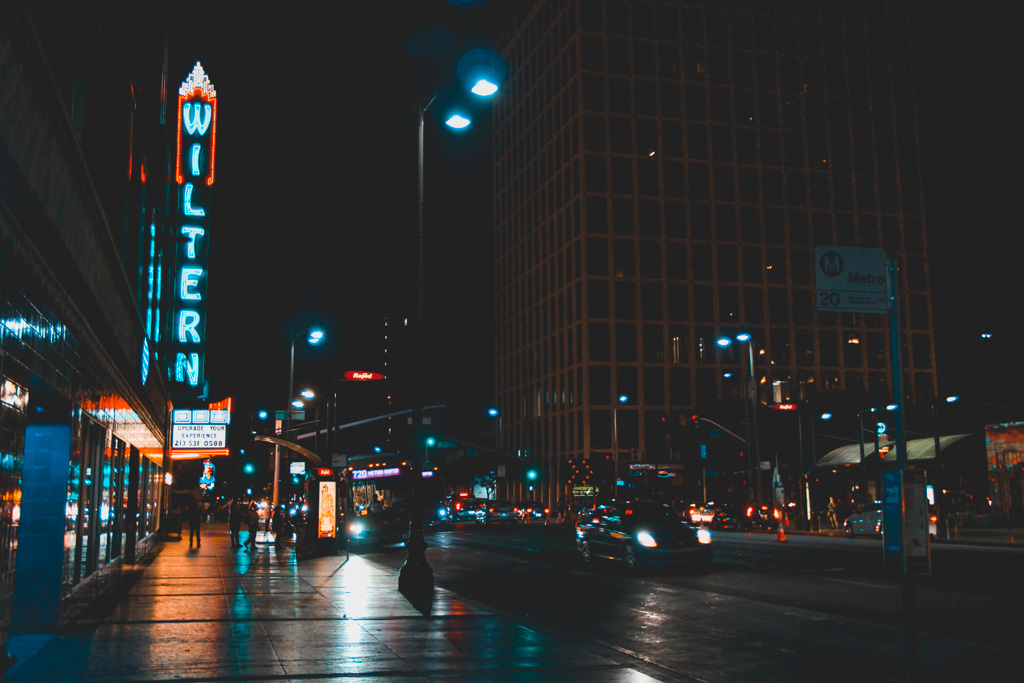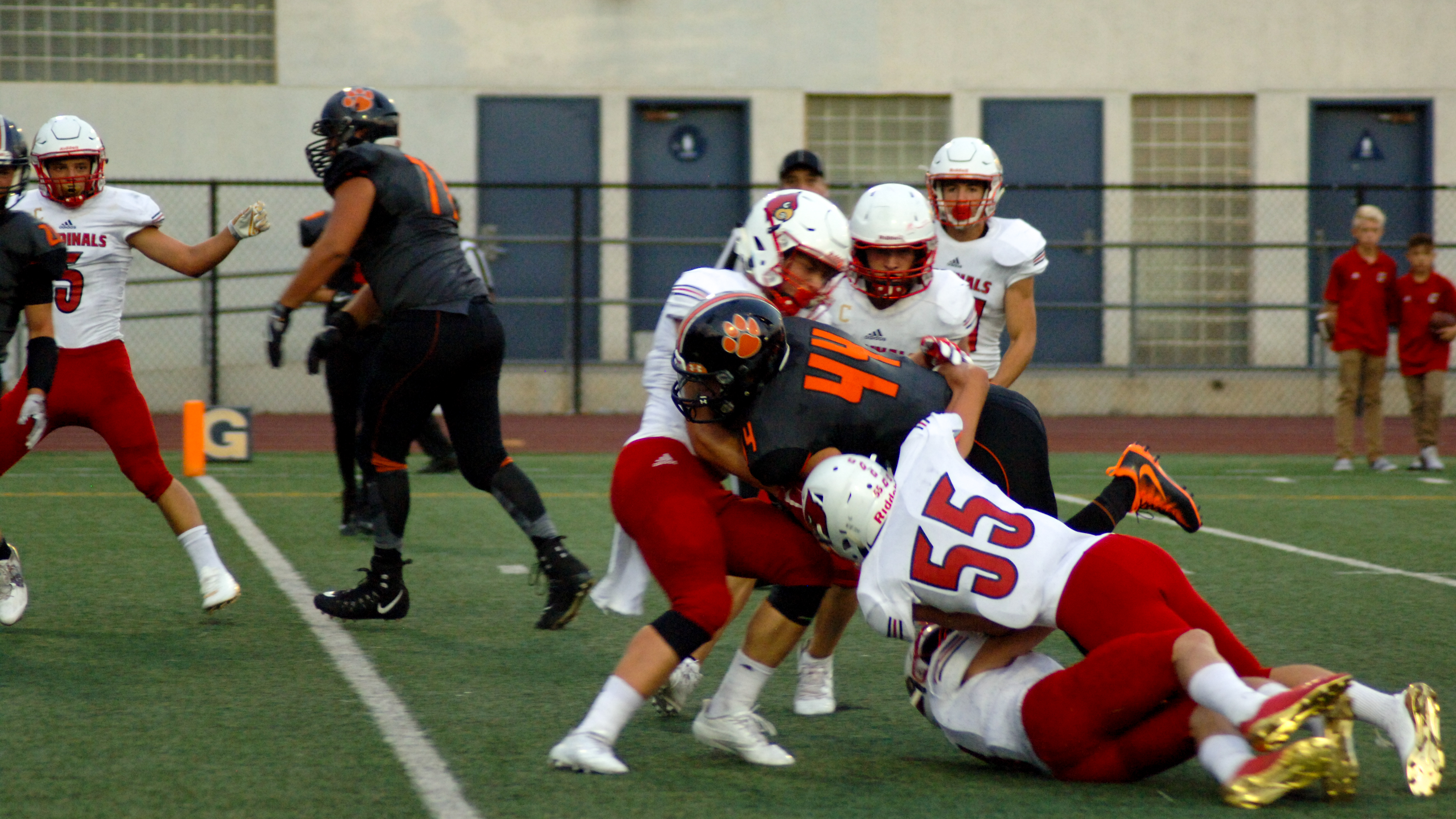Story and Photos by David Seo
Senior Staff Writer
This past summer, I had the awesome opportunity to visit South Korea and immerse myself in the culture. My father, who was raised and lives in Seoul, brought me to the best restaurants and I (tastily) experienced the diverse range of cuisine available in the capital city. Beyond the food itself, the dinner table bears huge weight in Korean culture; it serves as one of the few times when family and friends can commune in the midst of their busy schedules. In fact, all of our travels together were definitively shaped by which grub we would grab on each respective day.
Coming back home, I found myself missing all the fantastic flavors that were served 24/7 in Korea. However, upon my return, I was immediately reminded of the vibrant Korean community that thrives right on our doorstep. LA boasts the largest population of Koreans in the United States. Outside of Korea itself, Los Angeles’ Koreatown is the next best place to enjoy Korean food. To the common taste palette, Korean food is known for its kimchi and KBBQ, but anyone can drop by the Wilshire/Western cross street to access the assortment of a garlic, fish sauce, and chili paste based cuisine Los Angeles has to offer.
Myeong-Dong Kyoja
Growing up, this restaurant was a staple of my childhood– before runs to the Korean market to stock up on green onions, chili paste (gochujang), and red bean pastry, my family would stuff ourselves silly in a futile effort to curb the excessive amounts of groceries we’d inevitably buy afterward. This establishment invokes fond memories for my parents, too; the dumplings here were favorites of my late grandfather, as he used to take my mother to a restaurant of the same name in the Myeong Dong neighborhood in Seoul.
Outside of its sentimental value to me, the food is a true standout in any arena. To go is to accept that there are only two dishes of note to order. First on your receipt would read the steamed dumplings. Dumplings vary with each Asian culture, but the dumplings, or mandu, served at Myeong-Dong Kyoja will give you the traditional Korean approach on this filled dough dish. Plump and perfectly sized, mandu here acts as the ideal preface to the main course– kalguksu. Hot knife-cut noodle soup leaves you feeling completely satiated with its deep chicken-broth that could only be achieved through hours upon hours of stewing.

BCD Tofu House
Myeong-Dong Kyoja represents a smaller authentic Korean experience, whereas BCD Tofu House has taken that same authenticity and expanded into a massive franchise. With multiple locations in Koreatown alone, I have been impressed by their capacity to appeal to the average American inclination while maintaining the legitimacy of classic Korean cooking.
Soft tofu stew, or sundubu-jjigae, is the undeniable star of BCD. Served in hot stone pots, it is a potent amalgamation of soft unpressed tofu, gochujang, and any myriad of delicious sides. The broad selection at BCD ranges from seafood to kimchi to beef to even vegetarian, which is a rarity in Korean cuisine. Customers crack a raw egg in the boiling stew to cook in front of their eyes– almost as a show of how deliciously hot the stew is and the physical and mental warmth it is sure to provide.
Also served in stone pots, rice is allocated to be eaten alongside the stew; this simple pot acts as a mechanism to impart yet another slice of Korean culture onto the customer. Hot rice is quickly parsed into bowls, leaving only scorched grains of rice stuck to the side of the bowl. Boiling water is poured in, and the soup (nurungji) is set aside to be consumed at the end of the meal. Said to calm the stomach and promote digestion, this unassuming combination of burnt rice and water reveals a surprisingly flavorful way to close dinner.
BCD’s “family-style” way of eating is hands-down the most superior; each person can sample all of the food at the table, and the sharing of food ultimately contributes to the sharing of stories and emotions that is elemental to Korean culture.

Eight Korean BBQ (Pal Saik)
Korean barbecue will always stand as the food that managed to break through into mainstream American culture. Although hearing ‘KBBQ’ always triggers an instinctive eye-roll within me, connected to it is also a sense pride for the collective ethnic achievement. In every Korean household can be found a little dingy portable stove where each family can grill up their meats right on the dinner table. This fleeting dinner occasion traces back to the communal joy in sharing and enjoying food.
At Eight Korean BBQ, they take this everyday scenario and turn all dials to the max. Everything seems about the same as the scene at home– same meat, same people, same giddy conversations over the heat of the grill– except Korean Pop music blares in the background on huge flat screen TVs hung up around the room. It’s a bit intense, but I think it flawlessly captures the current state of affairs in Korea, especially in downtown Seoul. The perpetual forward movement of the city breathes within the walls of the restaurant.
Besides the atmosphere, the barbecue is truly unparalleled. Los Angeles has been the perfect incubation chamber for this area of cuisine and has come out as a fully-fledged experience to enjoy. Eight Korean BBQ specializes in marinated samgyeopsal, otherwise known as pork belly. Their namesake comes from the eight different ways they prepare the pork, ranging from garlic and miso to more distinctive marinades like wine and curry. The customer is allowed to take responsibility for how their meat is cooked– done right, you can get bite after bite of nicely seasoned and juicy pork.

Sul & Beans
Disclaimer: this choice marks a departure from traditional Korean food, nevertheless, the delectable icy delicacy found at Sul & Beans is completely ingrained into modern Korean culture. I cannot tell you how many times my father and I devoured this dessert; it is ubiquitous and can be found in any Korean cafe across Seoul. This sweet is known as bingsu, originating as patbingsu which directly translates to red bean shaved ice.
What I love about this dessert destination is its representation of Korean traditional culture as well as the constantly innovating sensibility that pulses underneath Los Angeles. Sul & Beans take this powerful concept and then improves upon it, serving shaved frozen milk rather than shaved ice– sul translating to snow. Truly, eating it feels like eating snow; thick and heavy desserts like ice cream or frozen yogurt hold no contest to the indescribable lightness and fluffiness of bingsu. Not to be forgotten, bingsu comes in a variety of options. Red bean or injeolmi (nut powder found on customary Korean rice cake) are available for purists. But to a certain extent, I depart from my Korean roots and indulge in all the other flavorings available– coffee, strawberry, green tea, oreo! Each bingsu comes with syrupy condensed milk to top off. Sul & Beans operates as a wonderful complement to a hearty and filling Korean meal.



